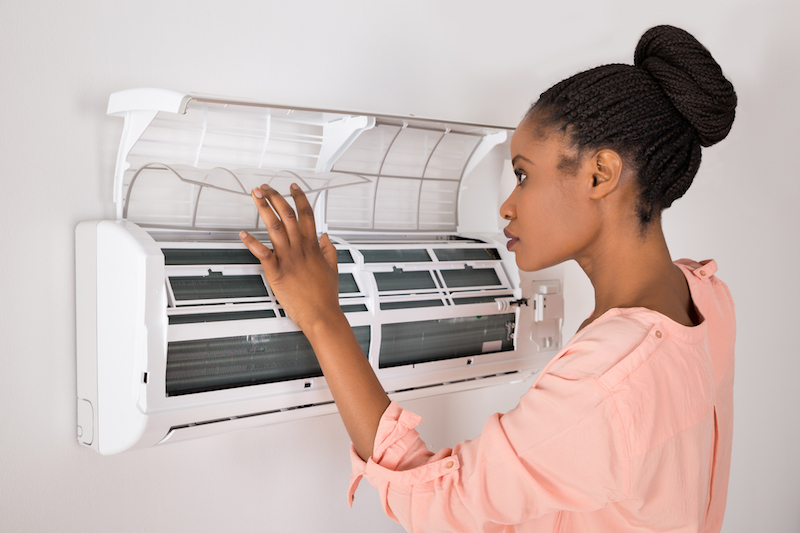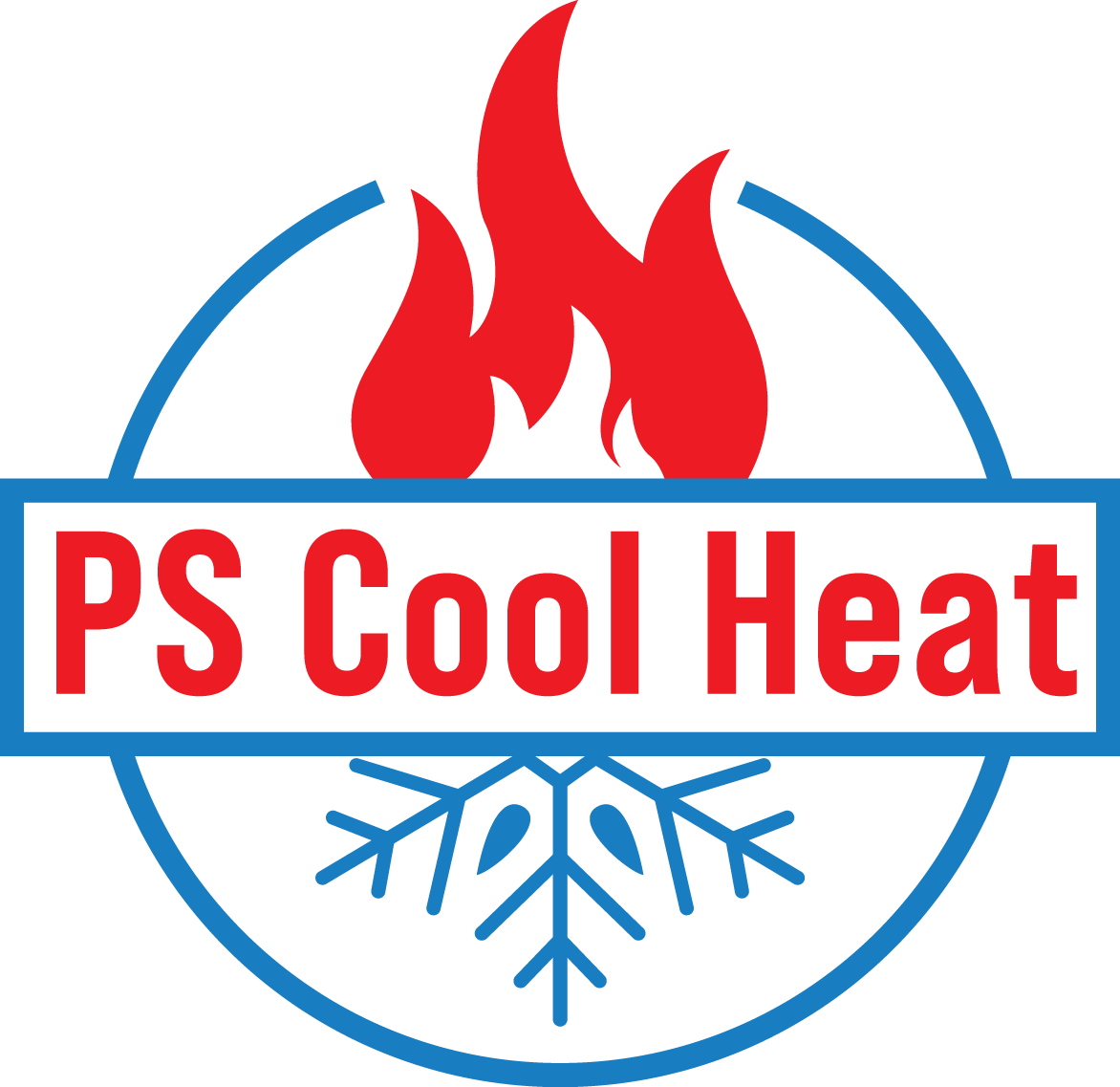
You shouldn’t be forced to give up comfort or drain your wallet to keep your home at a refreshing temp during the summer.
But what is the best temperature, exactly? We review advice from energy professionals so you can determine the best temperature for your loved ones.
Here’s what we advise for the most energy-efficient setting for air conditioning in Highlands Ranch.
Recommended Thermostat Settings for Summer
Most families find placing the thermostat at 72-73 degrees is most comfortable. However, if there’s a big difference between your interior and outside warmth, your AC bills will be greater.
These are our suggestions based on the U.S. Department of Energy (DOE) and ENERGY STAR®.
While at home: 78 degrees. While that sounds hot, there are approaches you can keep your house refreshing without having the AC running all the time.
Keeping windows and curtains down during the day keeps cold air where it needs to be—inside. Some window coverings, including honeycomb shades or plantation shutters, are made to provide added insulation and improved energy efficiency.
If you have ceiling fans in your house, the DOE says you can move thermostat temperatures about 4 degrees warmer without sacrificing comfort. That’s because they freshen with a windchill effect. Because they cool people, not rooms, shut them off when you move from a room.
If 78 degrees still appears too hot on the surface, try doing an experiment for approximately a week. Begin by increasing your setting to 78 degrees while you’re at your house. Then, steadily turn it down while following the advice above. You may be astonished at how cool you feel at a higher temperature setting.
While away: 88 degrees. There’s no reason to keep the air conditioning working all day while your house is unoccupied. Moving the temp 7–10 degrees hotter can save you anywhere from 5–15% on your electrical bills, according to the DOE.
When you arrive home, don’t be tempted to switch your thermostat colder than 78 to cool your home faster. This isn’t effective and often leads to a higher electrical expense.
A programmable thermostat is a useful method to keep your settings under control, but you have to set programs. If you don’t set programs, you might forget to change the set temperature when you leave.
If you need a hassle-free remedy, think about getting a smart thermostat. This thermostat connects with your phone, so it realizes when you’re at your house and when you’re away. Then it automatically adjusts temperature settings for the best savings. How much exactly? About $180 each year on heating and cooling, according to ENERGY STAR.
Another benefit of getting a smart thermostat? You can use your phone to watch and change temperature settings from just about anywhere.
While sleeping: Around 70 degrees. While ENERGY STAR advises 82 degrees, that could be unbearable for the majority of families. The majority of people sleep better when their sleeping area is chilly, so that’s why the National Sleep Foundation recommends 60–67 degrees. But that may be too cool, based on your PJ and blanket preference.
We advise trying a comparable test over a week, moving your temperature higher and progressively turning it down to find the ideal setting for your residence. On pleasant nights, you might learn keeping windows open at night and using a ceiling fan is a preferable solution than running the air conditioner.
More Methods to Save Energy During Hot Weather
There are additional methods you can spend less money on cooling bills throughout the summer.
- Upgrade to an energy-efficient air conditioning system. Central air conditioners only are effective for about 12–15 years and lose efficiency as they get older. An upgraded air conditioner can keep your house cooler while keeping cooling costs down.
- Book yearly air conditioner service. Regular air conditioner maintenance keeps your system operating like it should and might help it operate at greater efficiency. It may also help extend its life span, since it helps techs to pinpoint little issues before they cause a major meltdown.
- Replace air filters often. Follow manufacturer instructions for changing your air filter. A dusty filter can lead to your system short cycling, or run too frequently, and increase your electrical.
- Inspect attic insulation levels. Just about 90% of homes in the U.S. don’t have proper insulation, according to the Insulation Institute. The majority of southern climates require 13–14” of attic insulation, while northern climates need 16–18”.
- Have your ductwork examined. Ductwork that has come apart over time can let cold air into your attic, walls or crawl space. This can create huge comfort issues in your residence, including hot and cold spots.
- Seal cracks, doors and windows. Keep warm air in its place by closing cracks. You can also caulk or weather strip doors to seal more cold air indoors.
Conserve More Energy During Warm Weather with PS Cool Heat
If you are looking to save more energy this summer, our PS Cool Heat specialists can help. Give us a call at 720-613-2210 or contact us online for more info about our energy-saving cooling products.
